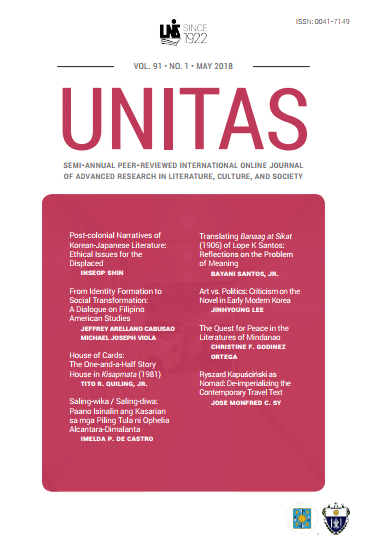UNITAS Journal
JOURNAL VOLUMES
As the oldest university-based multidisciplinary journal of its kind in the Philippines and possibly in Asia, UNITAS is a rich source of information and insights in understanding various aspects of the history of knowledge production in the Philippines across the disciplines. Established in 1922, UNITAS will celebrate its centenary in 2022, so a look into the rich history of the journal itself has been made possible by the UST Heritage Library Collections which has painstakingly scanned all copies of UNITAS starting from its very first issue published in July 1922. This was done for the preservation and digitalization of the journals and for the convenient perusal of specialists, scholars, and general readers. To view all the issues of UNITAS starting 1922, click here.
To find issues from volume 82 (2009) onwards, please type the volume number in the slot below and click on “SEARCH.” The current issue of UNITAS is available on this page.

